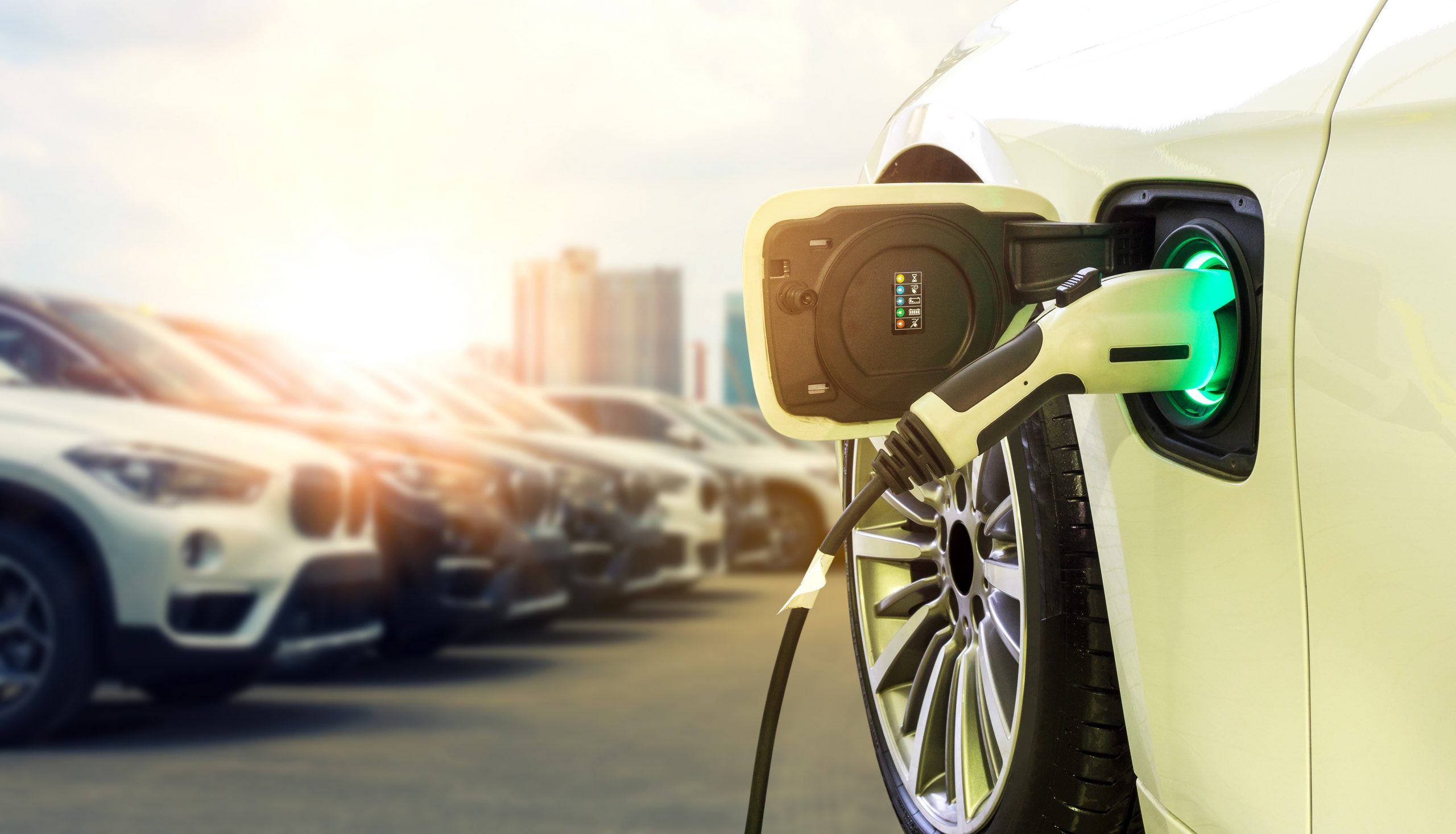



December 6, 2021



December 6, 2021
Original article published in Yahoo Finance
Arrival, the electric vehicle manufacturer that aims to break up the assembly line in favor of multiple microfactories, is investing $11.5 million to build a high-voltage battery module assembly plant in Charlotte, North Carolina. The plant will provide batteries for electric buses and vans produced at the company’s microfactories in Rock Hill, South Carolina and Charlotte, respectively.
Earlier this week, Arrival also agreed to collaborate with Li-Cycle, a lithium-ion battery recycler, to create a closed-loop EV battery supply chain. Like most other automakers, Arrival is recognizing the reality of supply chain delays and materials shortages and is working to vertically integrate as much of the process as possible, while also maintaining its commitment to sustainability.
“This was not always part of the plan,” Katie Blixt, Arrival’s head of PR and communications in North America, told TechCrunch. “As we’re figuring out the production plan and timeline and figuring out what makes sense to bring in-house and add to our vertical integration, we just decided that the best move was for us to be able to assemble these ourselves and have more control over the process.”
Over the next several months, Arrival will be refitting an existing warehouse in order to start production in the third quarter of 2022, according to Blixt, who noted that Arrival’s battery chemistry supplier is LG. The plant should have a production capacity of up to 350,000 battery modules per year, which can be used across Arrival’s different commercial vehicle platforms and can be tailored to suit the customer’s specific battery requirements, according to the company.
Arrival has announced before that it hopes to build 31 microfactories by 2024. So far, it has three planned for 2022; Arrival aims to start production of its buses at Rock Hill in Q2 next year, vans in Bicester, England in Q3 and vans in Charlotte in Q4.
“We’ve withdrawn long-term forecasts on microfactory numbers beyond that because the advantage of the microfactory model is that we don’t have to plan several years in the future and the number will be determined by demand and access to capital,” said Blixt.
Whenever Arrival does start scaling up its microfactories, it will also now scale battery assembly plants alongside them, so it’s almost an opposite approach to the Tesla gigafactory style of production, said Blixt, noting that Arrival might build multiple regional battery assembly facilities to supply local microfactories.
The battery modules will be software-based and have self-diagnostic capabilities, so if there’s an issue with one, the module itself can be replaced instead of the entire set of batteries in the vehicle, said Blixt. If the software detects an anomaly, it will send information up to the cloud for Arrival’s technicians to diagnose and then send instructions back down to Arrival’s network of outside service providers. The company recently announced partnerships with companies like Valvoline and Firestone to provide Arrival customers with vehicle maintenance.
